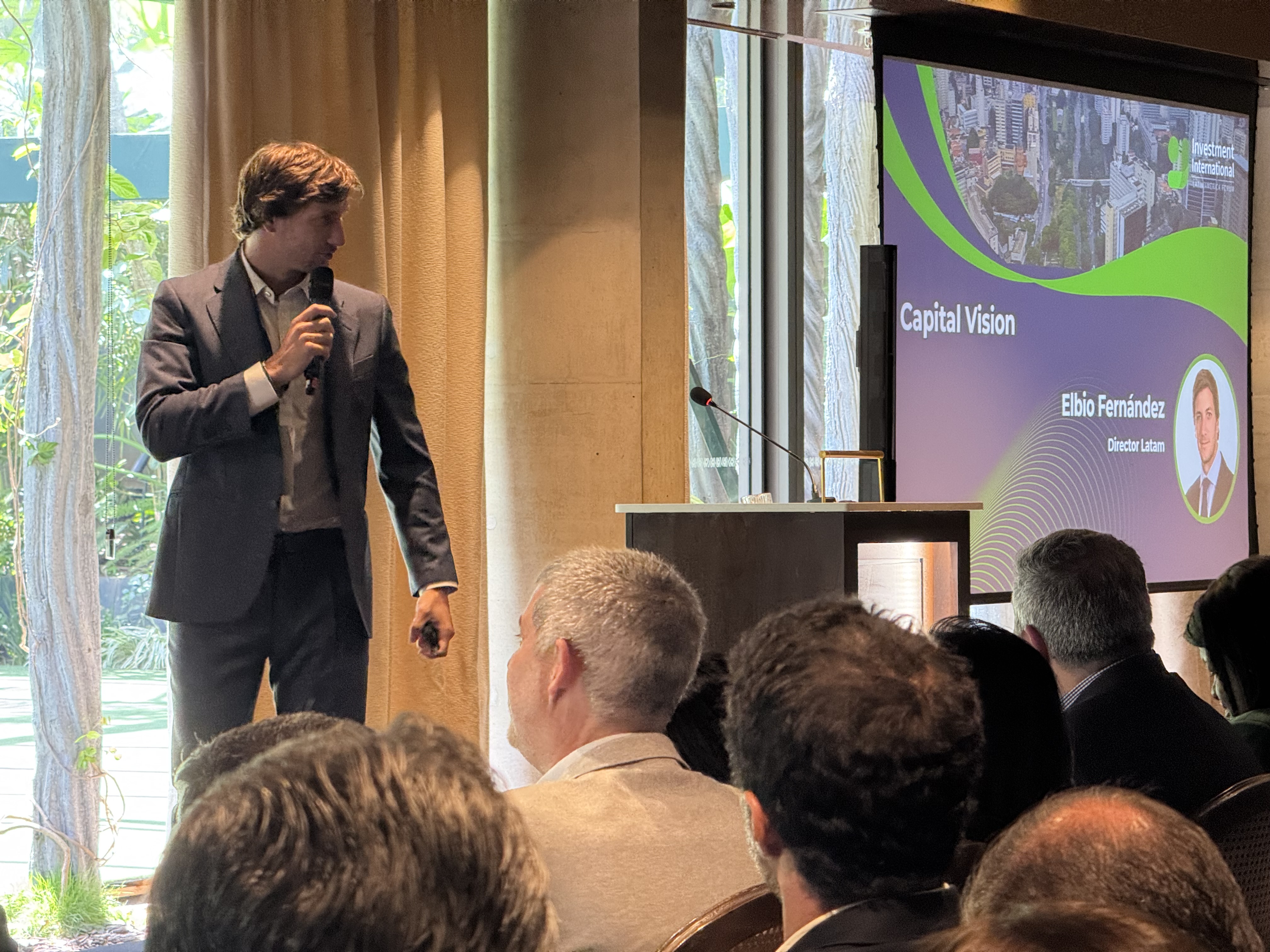Trafalgar Multi Asset Trading Company Limited (Trafalgar) was a Cayman domiciled fund with about £21m assets under management before it was placed into solvent liquidation in January 2017 when its board became concerned that it may have been used as a vehicle to perpetrate a large-scale fraud. The ultimate victims of that fraud were UK pensioners.
Micheal McGreal of the liquidator DM Financial and Kingsley Napley civil fraud lawyer Mary Young walk us through the steps involved in trying to maximise recoveries at minimum cost to the liquidation estate and highlight some of the lessons for investors in other offshore funds and their advisers.
How did the alleged fraud come about?
Trafalgar was a Cayman segregated portfolio under the Nascent umbrella platform, which was designed as a cost-effective structure for start-up fund managers.
James Hadley, along with Stuart Chapman-Clark (alias Grehan) and others, devised a scheme to persuade individuals to transfer their pension funds into Trafalgar via various trust companies. They were assisted by Mark Lloyd, who identified possible customers and arranged for them to receive independent financial advice on the pension transfer.
Completely unbeknownst to Trafalgar, that independent advice was provided by Mr Hadley or his colleague Mr Biggar. Once the money was received into Trafalgar it was "invested" into newly established companies either owned or controlled by Mr Hadley or his co-conspirators and extracted for their benefit. In the meantime Trafalgar was led to believe that investments were being made which were in its commercial interests.
On what legal grounds was action pursued?
The Serious Fraud Office in the UK is investigating a number of investment schemes, including Trafalgar. However, the aim of criminal proceedings in the UK is not recovery of assets for victims, and as such the liquidator of Trafalgar sought to bring a range of civil claims to trace and recover funds. Due to the location of the majority of the defendants, the main fraud claim was brought in the UK, but actions were also commenced in Gibraltar and the case also involves parties in the Seychelles, Panama, Germany, Spain, Malta and the US.
The UK claims against Mr Hadley were heard in the High Court alleging breach of fiduciary duty, bribery and conspiracy to injure by unlawful means. In a judgment delivered in May after a recent five-week trial, Deputy High Court Judge Nicholas Thompsell described Mr Hadley's arrangements as being "so rife with illegality and other types of unlawfulness that one hardly knows where to begin".
Judgment was also given against various other parties (including Mr Chapman-Clark, Mr Lloyd, CGrowth Capital Bond Limited, Platinum Pyramid Limited and Bentley Jarrard Thwaite) in unlawful means conspiracy, dishonest assistance, knowing receipt and/or bribery.
Counting the cost
Fraud investigations and litigation can be expensive to run. The Courts require fraud claims to be pleaded with extreme precision and care, with potential professional sanctions against lawyers who ignore such requirements. That necessarily means a lot of time and effort spent on initial investigations which might include advice on foreign law, forensic IT or forensic accountancy.
Trafalgar's liquidator was assisted by the fact that there were still some funds in the company, which could be used as a fighting fund with which to properly investigate, instruct an international legal team and commence proceedings. Without such a fund it would have been necessary to either obtain third party funding (at a large cost) or require professionals to act on some sort of a contingency basis (which is not always possible with fraud claims). Since the start of the liquidation recoveries have more than off-set the costs incurred by the liquidator and his legal team.
Targeted approach
One of the most carefully considered parts of the multi-party, multi-jurisdiction, multi-claim effort was the choice of targets and the order in which to approach them.
The liquidator was keen to ensure that the architects of the fraud and the parties who received money were pursued as a priority. However, limitation (the time period in which a party is able to bring a claim) meant that claims against certain other potential claimants, such as professionals and financial institutions that facilitated the various "investment" transactions, had to be brought before the outcome of the initial claims in fraud were known, and before asset recovery efforts were complete. It is important to remember that a claimant cannot recover the same loss twice, so recoveries made from one source may need to be allowed for when calculating the loss sought from another party.
Commerciality
A commercial and dispassionate approach is often an advantage in litigation, although it is not always possible where the subject matter is personal or invokes an emotional reaction. In this case the liquidator has met with, mediated and negotiated settlements with a number of parties, taking a pragmatic view on recoveries and the benefit obtained by avoiding the risk and cost of litigating to trial.
It is possible to mediate or negotiate the settlement of most disputes if there is an appetite for compromise on both sides. That does sometimes require a moderation of language and the sort of allegations pursued: fraud is often an emotive issue, and allegations of fraud can vitiate insurance policies, making a negotiated settlement more challenging.
What's Next?
Whilst a favourable High Court judgment is an excellent achievement, and justifies many of the choices made and arguments submitted, it does not, in itself, mean recovery of funds. Defendants might seek permission to appeal, or try to put assets out of the reach of a judgment creditor. Trafalgar's liquidator will be taking all steps necessary, in this jurisdiction and others, to satisfy the judgment and recover as much as possible to enable distributions (ultimately to pensioners).
That may involve appointing further insolvency practitioners as trustees in bankruptcy or liquidators to use the powers available under the Insolvency Act to investigate transactions and assets in the UK and in other jurisdictions. Such investigations might also involve claims against directors or other office holders if they have (for example) put assets beyond the reach of creditors or traded whilst insolvent.
What should investors look out for?
Based on our experience, investors and their advisers should be wary of:
• Advisers who lack credibility or proper regulation (which makes customer protections more complicated);
• Overly complicated transactions using third parties for no discernible reason;
• Suitability assessments for potential investors being uniformly pre-prepared (for example a blanket assignment of appetite for ‘medium risk' to all potential investors);
• High (and concealed) commissions or fees, fees payable at multiple stages within a transaction to multiple individuals or entities;
• A lack of credible asset verification or engagement about the commercial rationale for transactions;
• Self-dealing and other undisclosed conflicts of interest.
There is, of course, nothing inherently wrong with off-shore structures, high-risk investments or advisers who operate from other jurisdictions to their customers, as long as all parties are fully informed as to the risks. Problems can arise where the location of structures or fees paid are concealed, or the appetite of customers for risk ignored.
In the case of Trafalgar, the issues of secret commissions and hidden self-dealing were perhaps the most objectionable. Investors or their trusted advisors should keep a close eye on commissions or fees payable and ensure they ask questions about who is involved and what roles they perform, what fees might be due, to whom, and what has been deducted from the investment funds.










